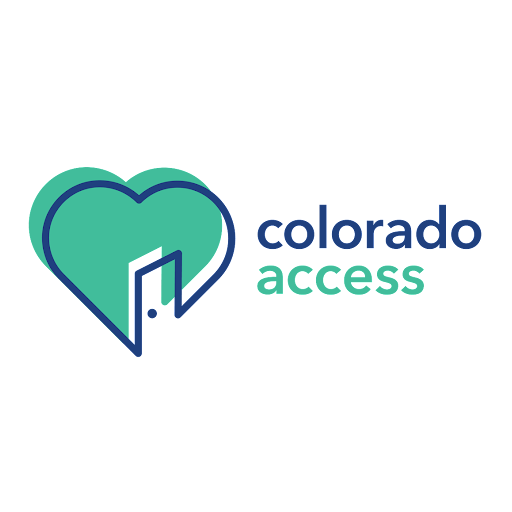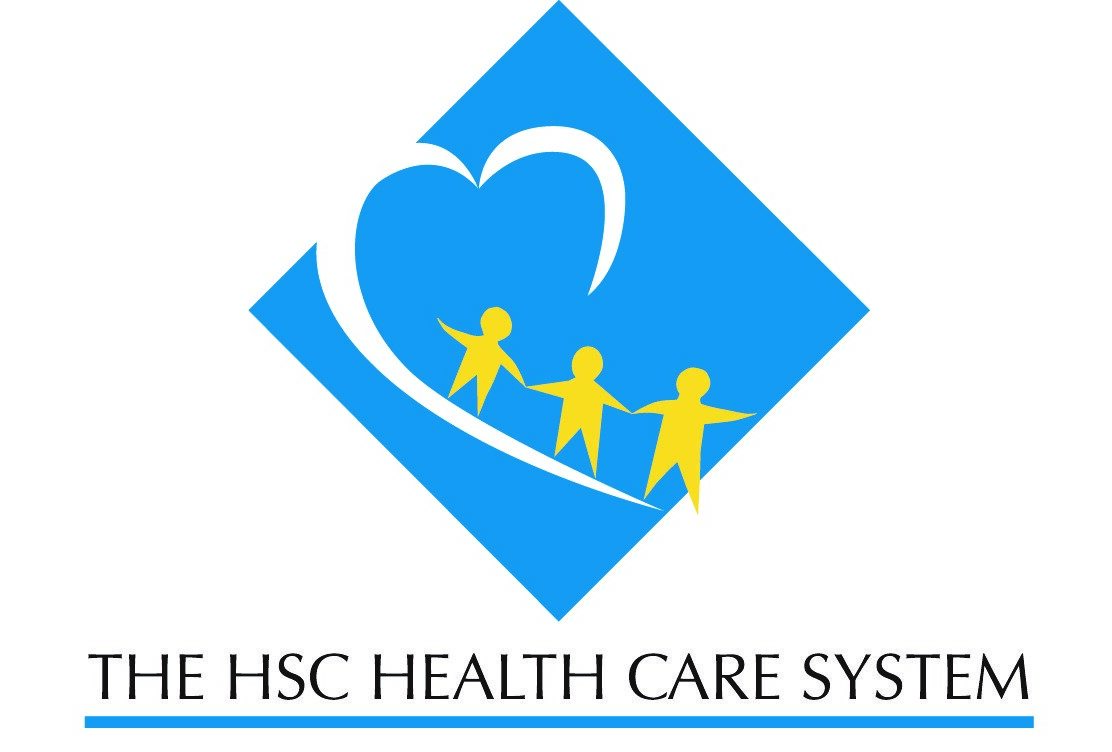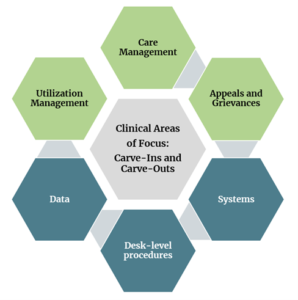Payer organizations, no matter the volume of member lives, or number of products offered, all face a similar and ongoing challenge of maintaining operational efficiency, effectiveness, and financial optimization within an ever-changing environment. This certainly isn’t breaking news – you can probably count the number of open operational improvement projects in your own organization by the dozen.
But what may be more unexpected is our observation that, even with the diligent efforts underway today, payers can be missing out on millions of dollars in revenue and/or savings due to issues in their operational architecture – processes, systems, business logic, roles –that they don’t even know exist. To explain how this can be, we have to consider the traditional approach to designing and managing operational architecture and outcomes in a payer organization.
Typically, payer operations are designed from an “outside-in” perspective – a regulation changes, a new line of business is launched, or customer expectations evolve, and the payer must respond. The payer redesigns its operational architecture – to meet the new or changed requirement, executes testing, and then implements the new way of working. This traditional approach can provide a false sense of security – a
 lot of time is often spent on the design and rarely is enough time spent on rigorously evaluating performance. Deadlines are usually tight, and pre-deployment testing usually asks only whether the new process addresses the requirement it was designed to address – unanticipated impact on the broader operational architecture are not considered. Over time, more and more changes are made as new requirements emerge, so the operations architecture becomes increasingly complicated
lot of time is often spent on the design and rarely is enough time spent on rigorously evaluating performance. Deadlines are usually tight, and pre-deployment testing usually asks only whether the new process addresses the requirement it was designed to address – unanticipated impact on the broader operational architecture are not considered. Over time, more and more changes are made as new requirements emerge, so the operations architecture becomes increasingly complicated
At some point, inefficiency is suspected, analysis is conducted, and opportunities to streamline are identified (see above the dozens of ongoing operational improvement projects). However, this analysis tends to repeat the same process of assessing the architecture from the ‘outside-in’ – does it meet the requirements placed upon it? Our experience has found that this ‘outside-in’ approach to operations design and assessment has inherent limitations.
Let’s consider the example of a payer that was implementing a new rebate aggregator on a tight timeline. The implementation team designed an automated process to identify and extract claims for submission to the new aggregator, according to certain inclusion rules. When testing the new process, they diligently reviewed each extracted claim and confirmed that all met the inclusion criteria i.e. every claim that was extracted was correctly extracted. According to the requirements set for the project, the new process was working perfectly. However, a closer look told a different story: What was not considered were the claims that had not been extracted. When this data was analyzed, they found many claims that qualified for the rebate had been automatically excluded. Digging deeper, they identified errors in the configuration – when these were rectified, the annual value of the rebates increased by $12M and the payer learned an important lesson – to not just assess effectiveness from the ‘outside-in’ but to also consider what can be learned by looking from the ‘inside-out’.

To identify these hidden issues, Anoteros works with payers to conduct an operational health check – rather than starting with analysis of the operational architecture itself (the process, roles, systems etc.) against known requirements, our health check starts with analysis of the outputs of the operational architecture – the operational data – to identify hidden gaps and inefficiencies. This data-driven approach analyzes performance from the inside-out and across organizational domains. When the issues are made visible, we then reverse engineer the operational architecture to identify and address the root cause. Importantly, we also work with the payer to identify new performance metrics and to implement periodic/recurring data analyses to better monitor the effectiveness of the operational architecture going forward.
In our experience, this data-driven health check offers several advantages over the traditional ‘outside-in’ assessment approaches:
- High-level metrics don’t tell the full story. For example, a national payer was regularly monitoring its medical loss ratio (MLR) and satisfied that it was on target. But what this metric didn’t show was that MLR had been consistently rising in several specialty areas for several years and was now far exceeding the target MLR. This was hidden in the product level MLR because the increased costs were being offset by better-than-target performance in other specialty areas. Digging deeper into the data identified the cause of the increased MLR in several specialty areas due to an increased use of out of network providers caused by a combination of provider network gaps, no assigned primary care provider, lack of member incentives, ineffective referral management, and limited brick and mortar locations. When the payer addressed these issues, it reduced medical cost by $40M annually, improving its product-level MLR significantly beyond its original target.
- Bringing data together from different domains allows new insights. There are almost unlimited opportunities to compare and contrast data from different domains to identify previously unidentified issues. One example is the payer that eliminated $20M annually of fraudulent and/or wasteful medical costs in part by cross-matching transportation encounter data with medical service encounter data and then implementing changes to its governance and other processes to better manage these encounters going forward.
- Establishing recurring analytics on new key performance measures: Where the health check has identified previously unknown issues and enabled their resolution, the payer can now define new performance indicators to monitor. But again, a different approach must be taken – the ‘outside-in’ approach is by definition a point-in-time review – is today’s structure meeting today’s requirements? The ‘inside-out’ perspective recognizes that, in an environment which must constantly change to meet the evolving demands of customers and regulators, point-in-time assessments are of limited value. Anoteros’ health check approach therefore includes supporting the payer to establish automated analytics that use operational data to monitor a wide range of performance indicators on an ongoing basis. This allows the payer early visibility if performance begins to veer off track, so that timely corrective action can be taken, avoiding recreation of the costly blind spots of the past.

These hidden financial opportunities are just examples of the types of issues some payers have found. Other payers have used this type of data analytics to identify a host of other issues that directly impact financial performance including, but not limited to, improper risk-adjustment factor scoring, network management practices not aligned with utilization management and referral strategies, incomplete payment integrity solutions, lack of emergency department usage controls and avoidance strategies.
Are you ready to find the hidden financial opportunities in your operational architecture? Contact us today to discuss how the Anoteros health check can help your organization.


 lot of time is often spent on the design and rarely is enough time spent on rigorously evaluating performance. Deadlines are usually tight, and pre-deployment testing usually asks only whether the new process addresses the requirement it was designed to address – unanticipated impact on the broader operational architecture are not considered. Over time, more and more changes are made as new requirements emerge, so the operations architecture becomes increasingly complicated
lot of time is often spent on the design and rarely is enough time spent on rigorously evaluating performance. Deadlines are usually tight, and pre-deployment testing usually asks only whether the new process addresses the requirement it was designed to address – unanticipated impact on the broader operational architecture are not considered. Over time, more and more changes are made as new requirements emerge, so the operations architecture becomes increasingly complicated




